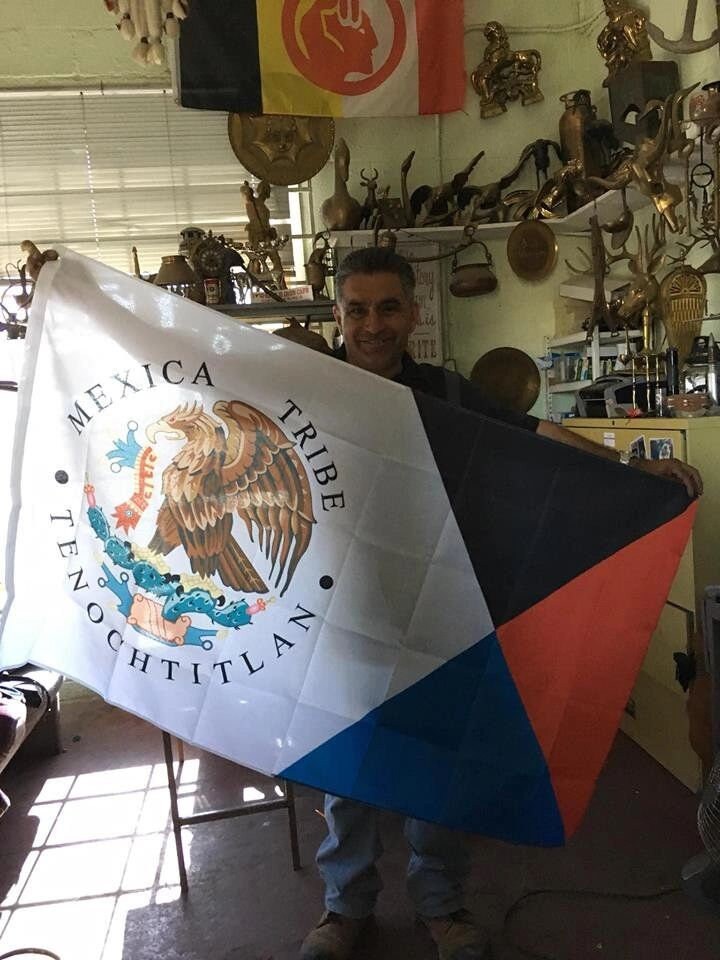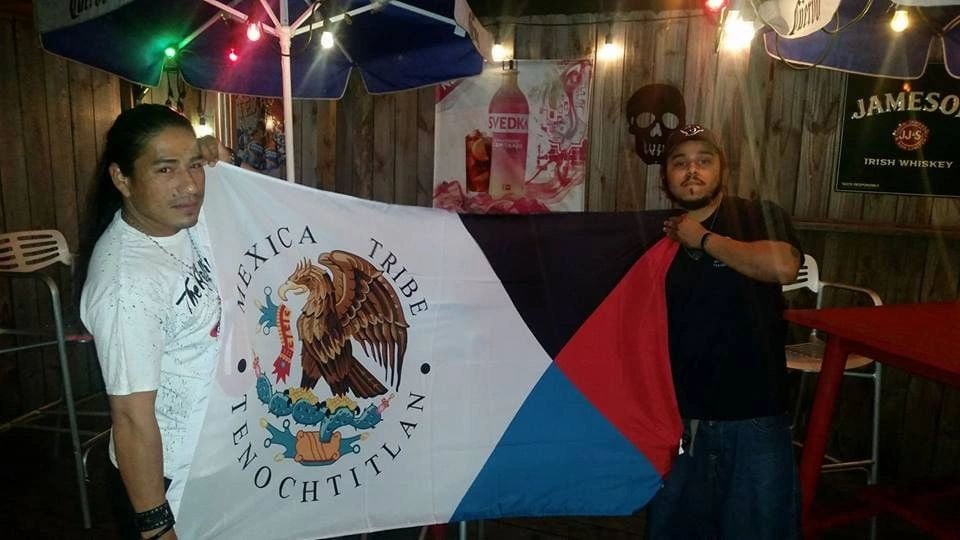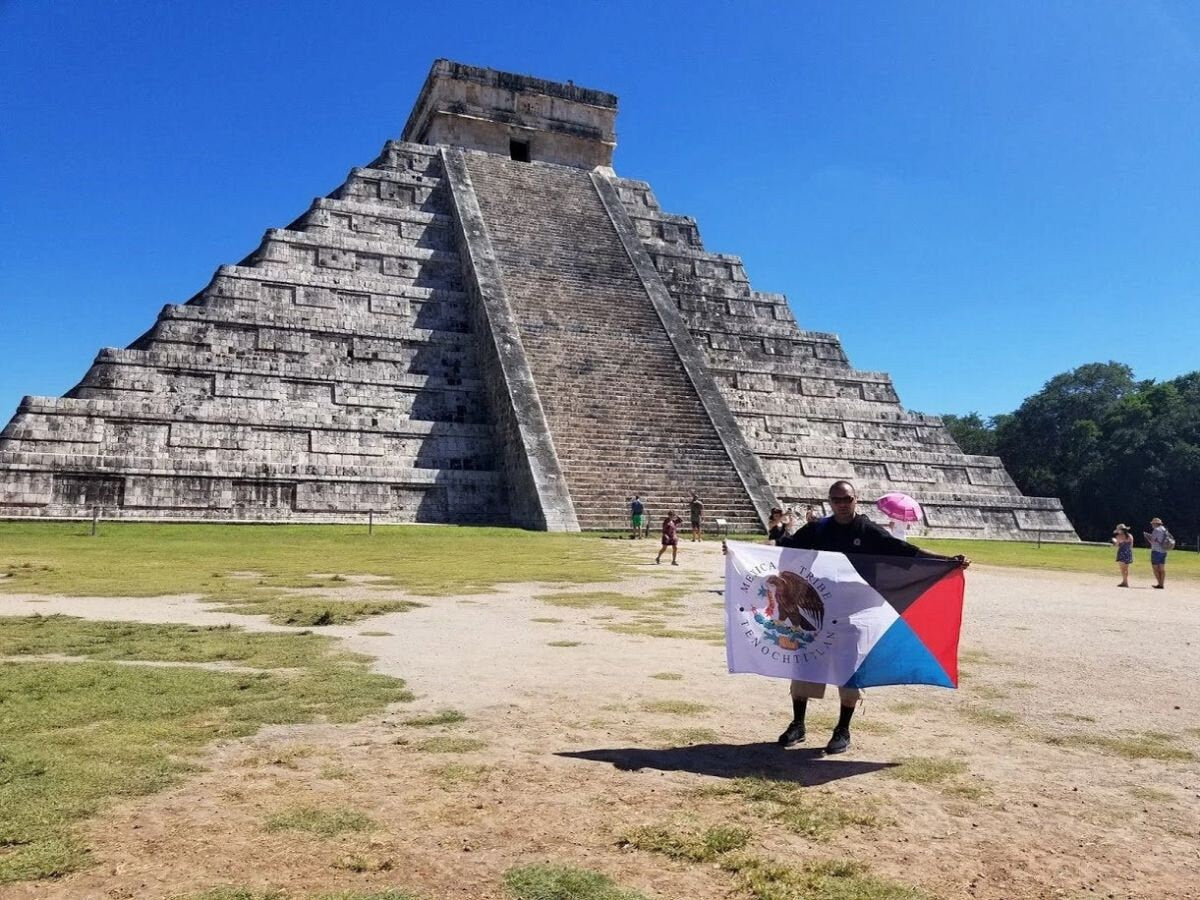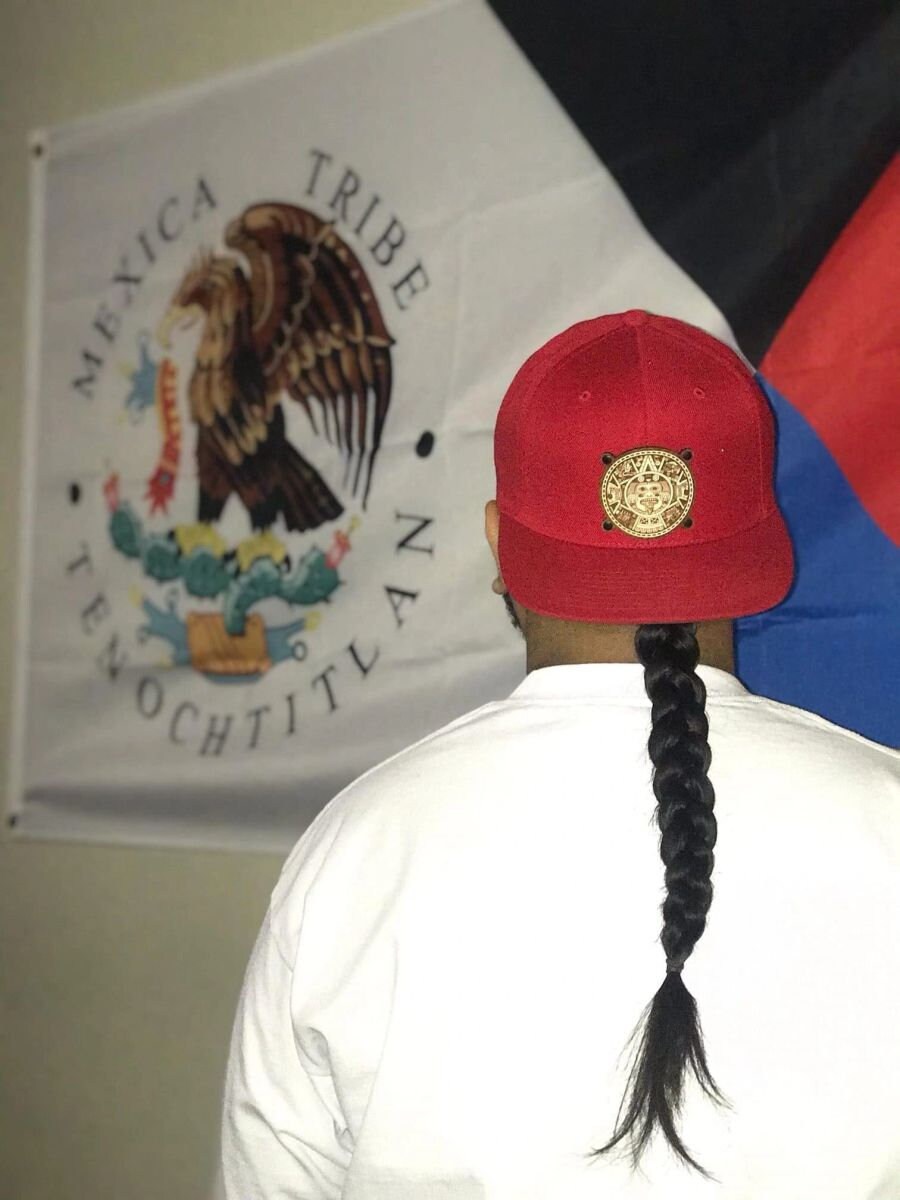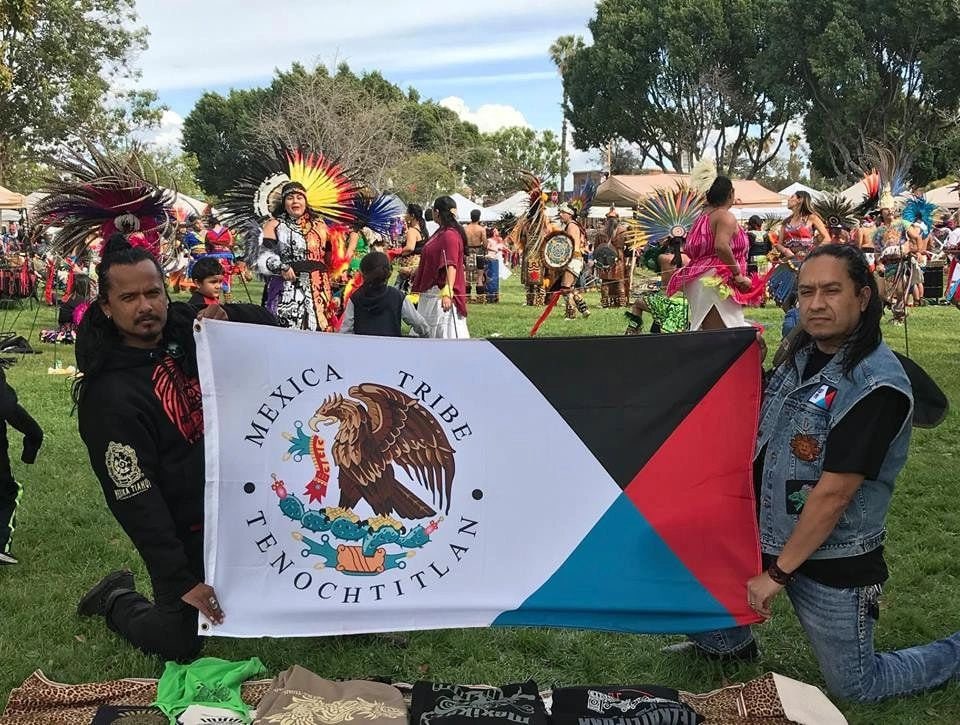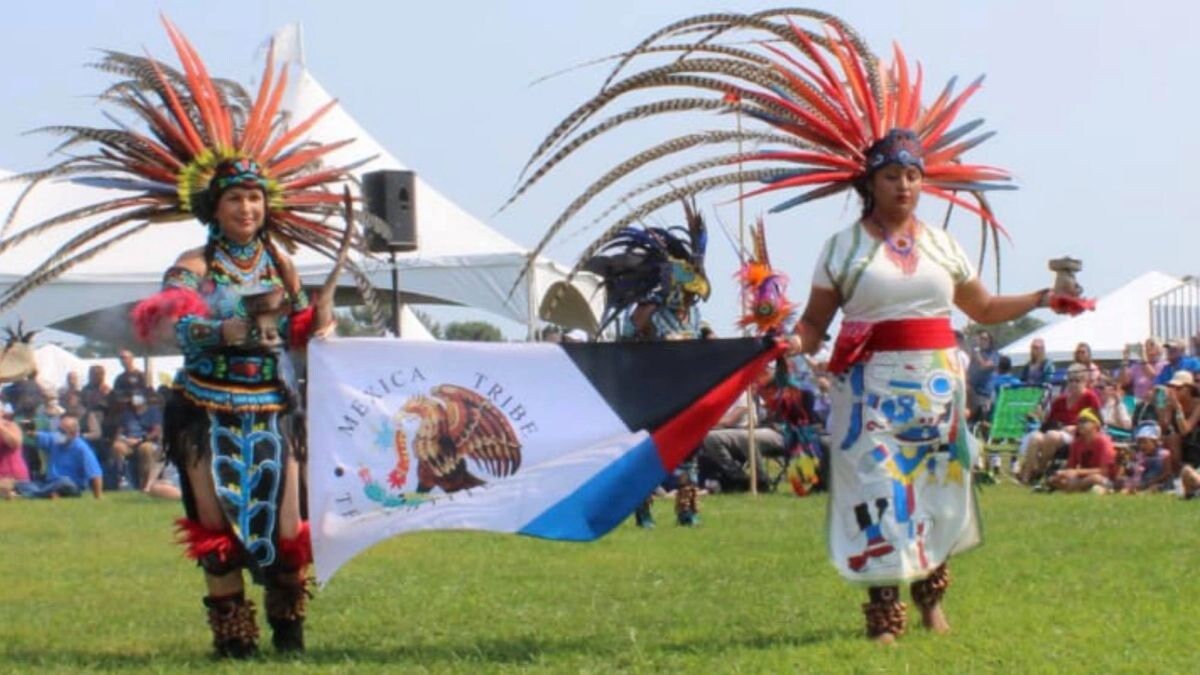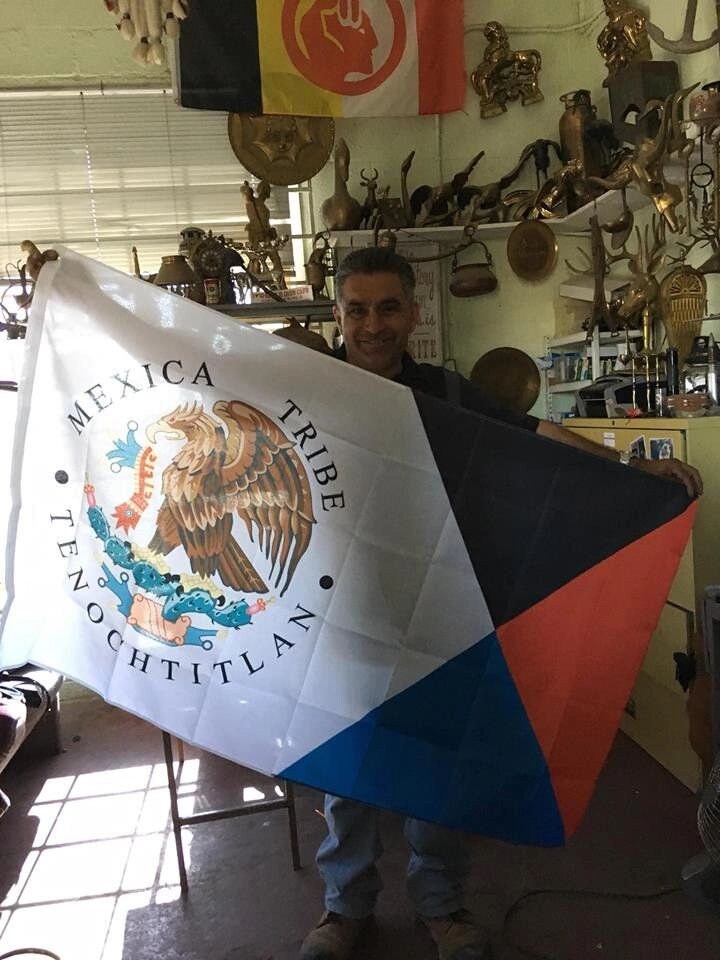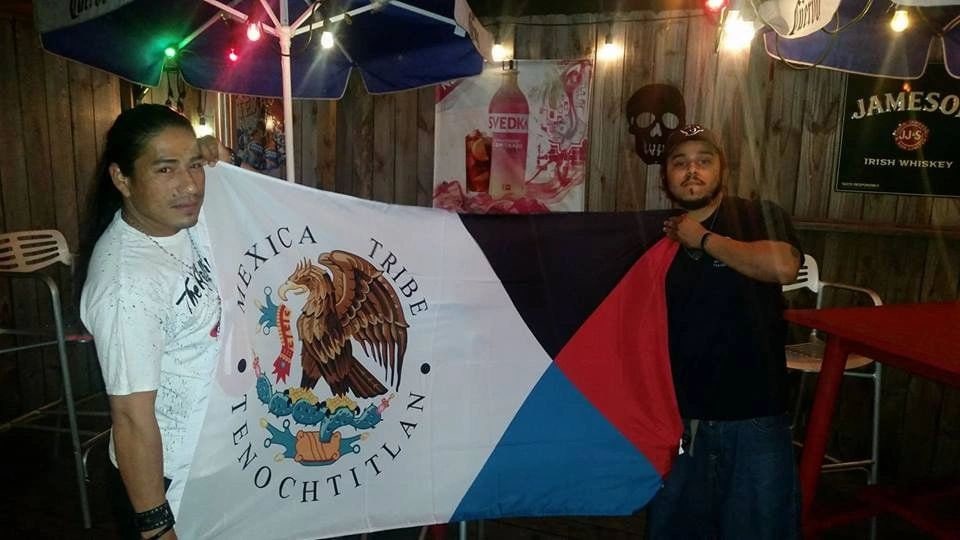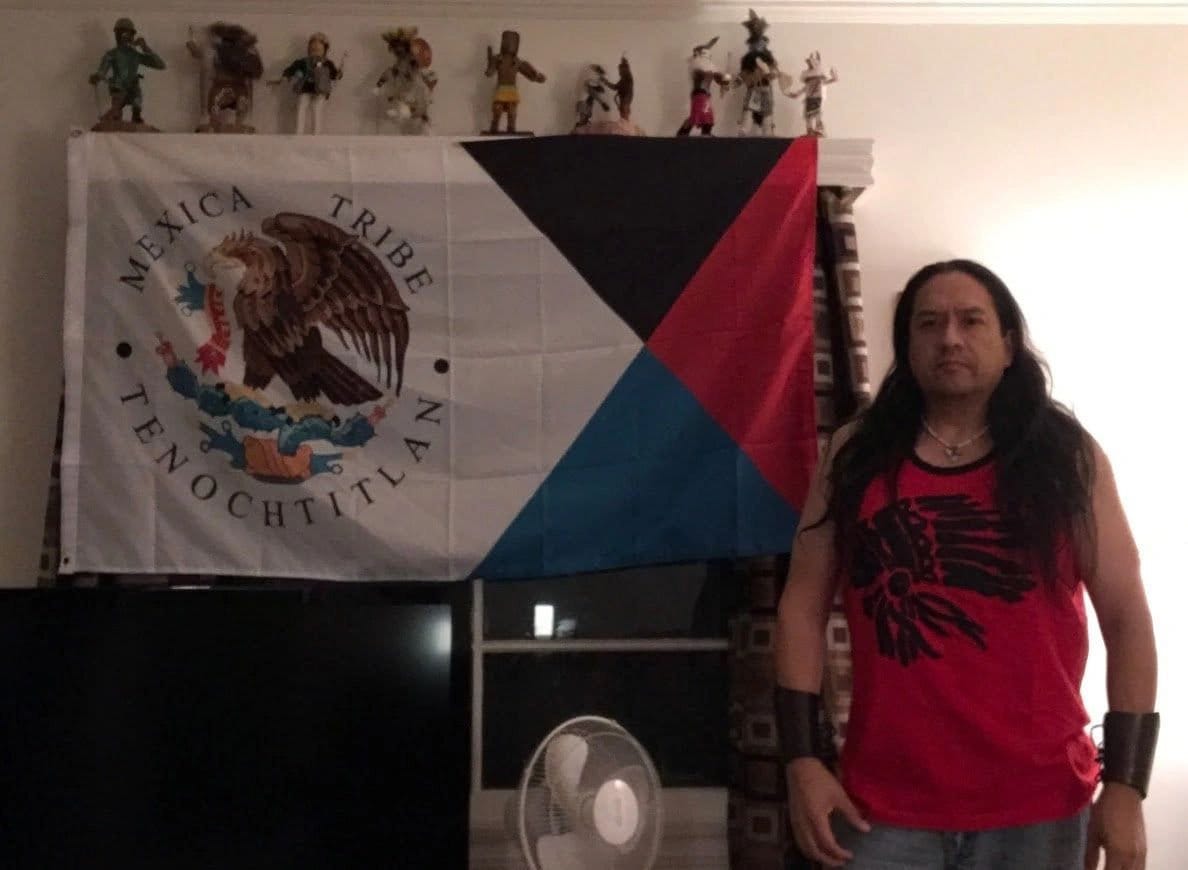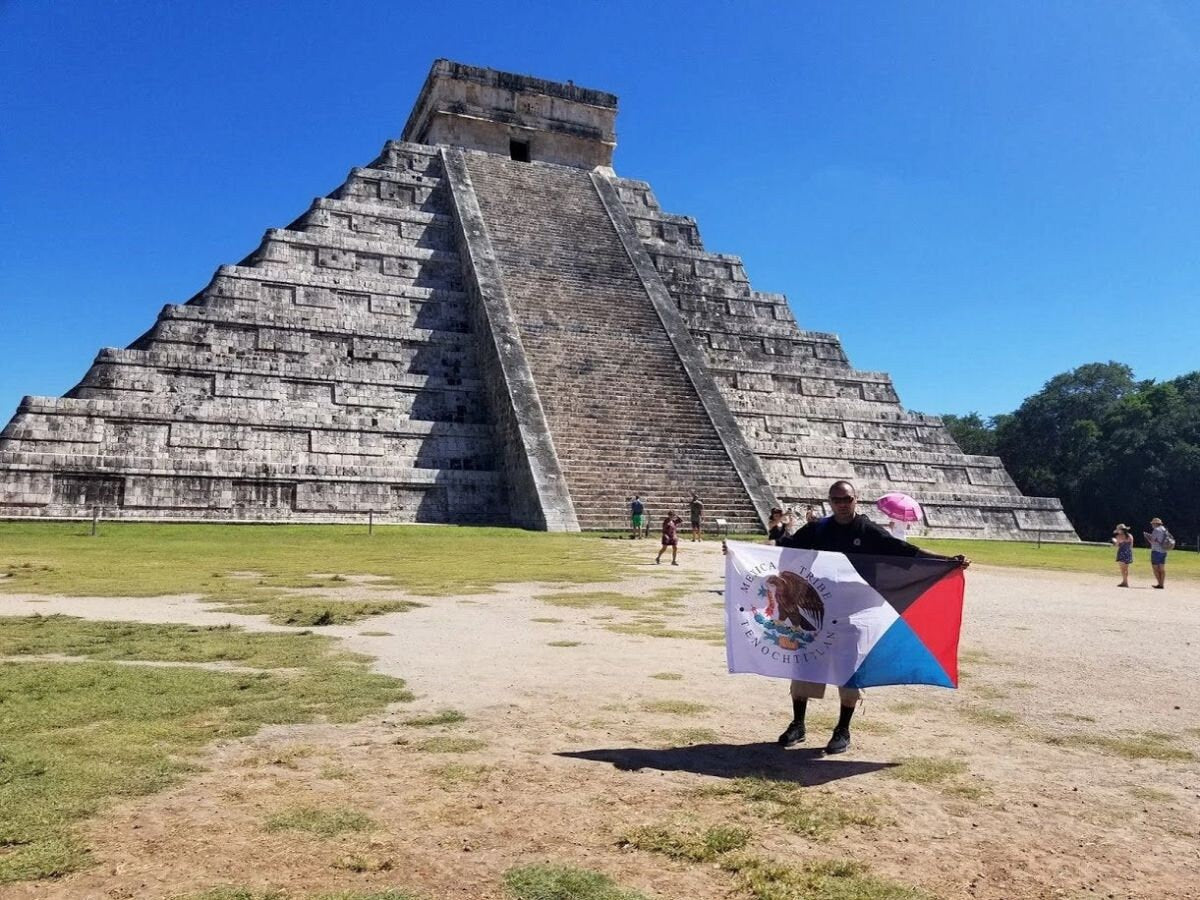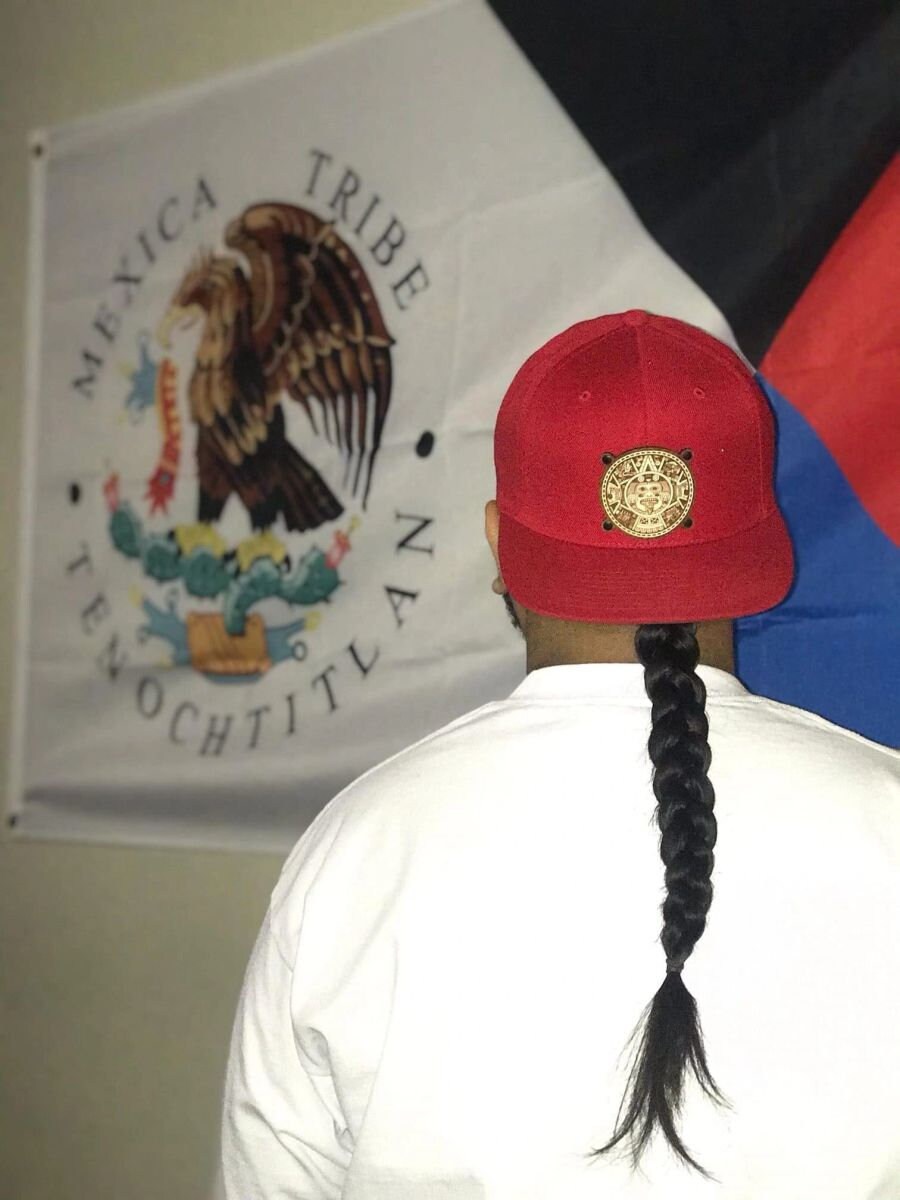My Store
Mexica Tribe Tenochtitlan flags Pantli, 5ft x 3ft Aztec, Azteca, Mexico, Tribal Flag, Mesheeka Honorary Flag
Mexica Tribe Tenochtitlan flags Pantli, 5ft x 3ft Aztec, Azteca, Mexico, Tribal Flag, Mesheeka Honorary Flag
Couldn't load pickup availability
Mexica Tribe Tenochtitlan flagThe "Mexica Tribe" Tribute Flag
5ft. x 3ft.
Meanings:East: Nahuatl name: Tlahuizlampa: Direction of Light/Illumination Deity: Xipe Totec, Element: Fire Color: Red, Season: Spring • Direction of Male Principles/Energies • Beginnings, Seeds of CreationSouth: Nahuatl name: Huitzlampa Deity: Huitzilopochtli, Element: Water Color: Blue, Season: Summer • Direction of the Children/Youth • Renewal, Cleansing, Perseverance, "Warriorness"West: Nahuatl name: Cihuatlampa: Direction of the Women Deity: Quetzalcoatl, Element: Earth Color: White, Season: Fall/Autumn • Direction of the Female Principles/Energies • Intuitiveness, Materialization, Mystery/UnknownNorth: Nahuatl name: Mictlampa: Place of Rest, Transformation Deity: Tezcatlipoca, Element: Wind Color: Black, Season: Winter • Direction of the Elders/Ancestors/Spirit World • Wisdom, Reflection, CommunicationFoundation Symbol: The symbol atl-tlachinolli water-fire was misinterpreted by the Spaniards & they placed a snake, to fit their religious belief as well. Atl-tlachinolli was a symbol for war, to mean here we are warriors! Eagle is one representation of Huitzilopochtli, known to be the main Mexihcah God. Because the symbol for war was a paired metaphor (made up of two opposite terms that complement each other) to be spoken, it's often shown as a speech sign in front of a mouth.The symbol in the language of the Aztecs/Mexica (Náhuatl) was atl tlachinolli, meaning 'water, burnt (or scorched) earth'. The metaphor, typically in Náhuatl, consists of two opposite elements (literally) - water and fire, forming two streams (one blue and one red) that join together to form one key idea (war). Each element is a source of energy and life-force but can also be one of destruction. Like the paired shrines to (rain god) Tlaloc and (war god) Huitzilopochtli atop the main temple of the Mexica and the reality of two 'opposite' seasons in the Aztec year (farming season and war season) they are classic examples of the importance of the concept of duality in Mexica thought and approach to life. Some scholars believe the fire-and-water concept of war may be as old as the Early Classic Teotihuacán period, hundreds of years before the Aztec empire was built.



